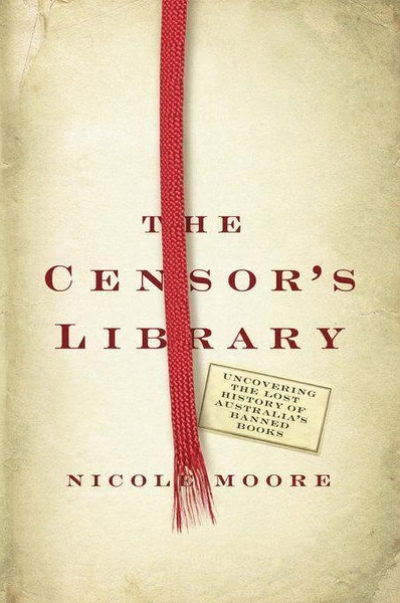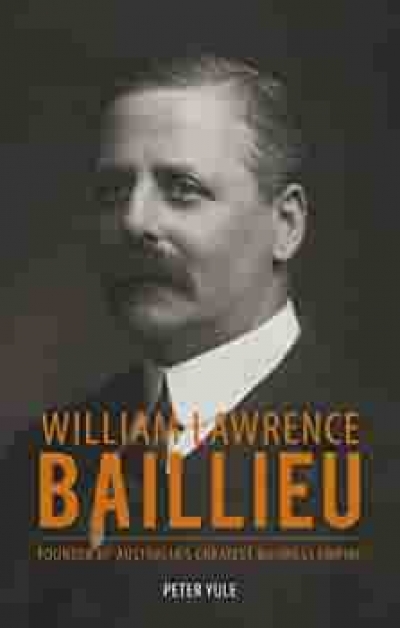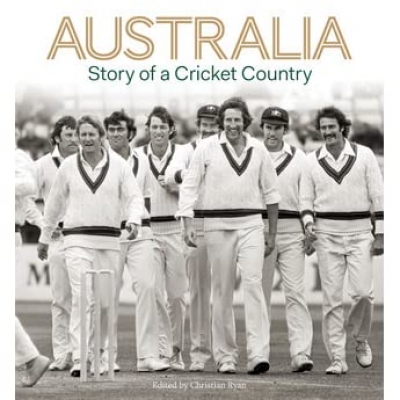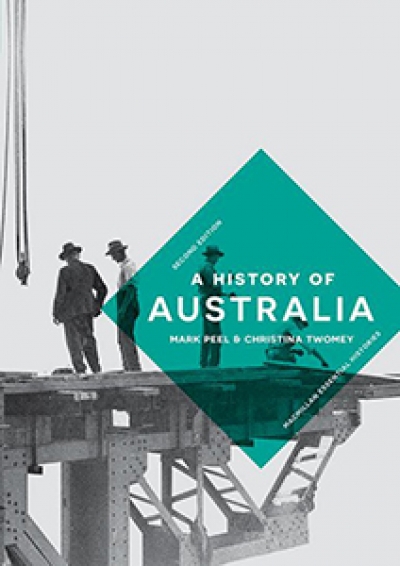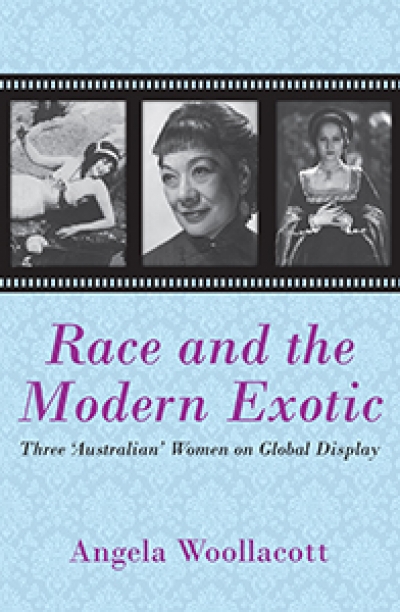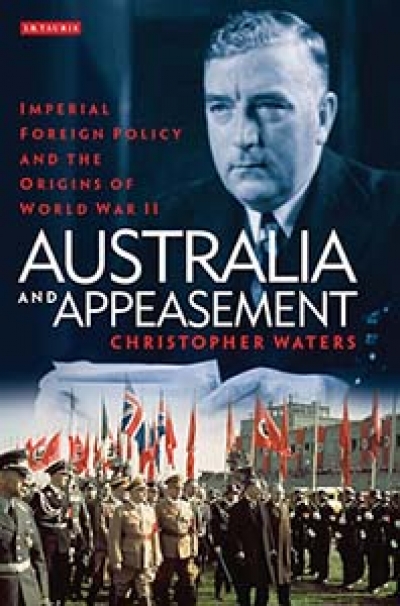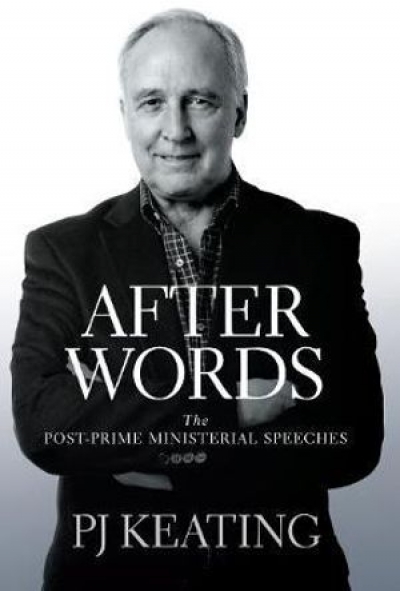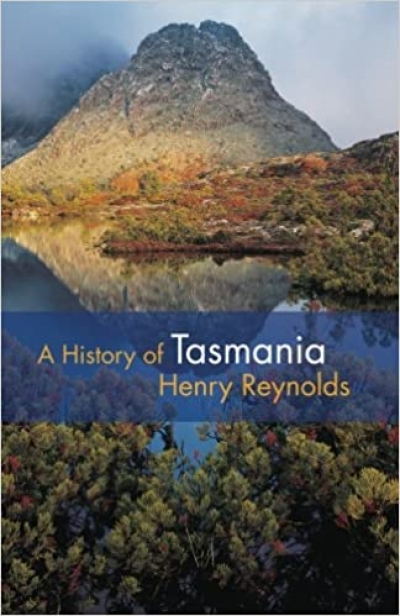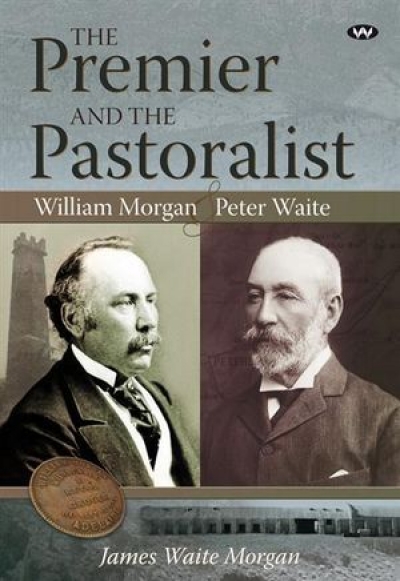Australian History
The Censor’s Library: Uncovering the Lost History of Australia’s Banned Books by by Nicole Moore
Even at the age of eighty-four it appears that our censors of old possessed a moral clarity that no longer exists. Censorship was carried out by the state as a force of moral purpose, protecting the population from the consequences of reading banned literature: to wit, moral decline and subversion, particularly among the powerless. This was pertinent to children whose innocence entailed a lack of knowledge of moral turpitude and who were seen as particularly vulnerable.
... (read more)William Lawrence Baillieu: Founder of Australia’s Greatest Business Empire by Peter Yule
Although William Baillieu was not the founder of the Baillieu dynasty in Australia – that honour belonged to his father and mother, who produced sixteen children after he jumped ship and settled in Queenscliff – it was through him that the family name became a dominant one among the Melbourne Establishment. Six of the sixteen Baillieu siblings were involved in what Peter Yule describes as Australia’s greatest business empire, centred on the Collins House group. William Baillieu was its founder, builder, and leader.
... (read more)Australia: Story of a Cricket Country edited by Christian Ryan
A favourite quiz question for cricket history buffs has been ‘Who is the only Nobel Prize winner to play first-class cricket?’ Answer: Samuel Beckett. A question for cricket bibliophiles now might well be ‘Which Nobel Prize winner contributed an essay to an Australian cricket book?’ Answer: J.M. Coetzee.
... (read more)The product under consideration is Shist.’ So began New Zealand historian Keith Sinclair’s discussion of short histories in 1968. His irreverent diminutive is still occasionally heard among professional historians of a certain age. It is less often recalled that Sinclair was defending the worth of the short history against those who might think ‘Shist beneath their dignity’. After all, Sinclair was himself the author of a fine short history of New Zealand, and he was contributing to a collection of essays in honour of W.K. Hancock, who had arguably produced the most distinguished – and certainly the most influential – short history of Australia up to that time.
... (read more)Race and the Modern Exotic: Three 'Australian' women on global display by Angela Woollacott
Annette Kellerman, described by Angela Woollacott as ‘swimmer, diver, vaudeville performer, lecturer, writer and a silent-film star’, has been rediscovered in recent years. In 1994 Sydney’s Marrickville Council renamed its Enmore Park Swimming Pool, upgrading it from a humble pool to the Annette Kellerman Aquatic Centre, in honour of the international celebrity, who briefly lived in the neighbourhood as a small child. A 2003 documentary by Michael Cordell celebrated ‘The Original Mermaid’. Now Woollacott presents her, in the company of two other performers, as creating ‘newly modern, racially ambiguous Australian femininities’. Her sisters in racial ambiguity are none other than film star Merle Oberon, whose claim to have been born in Tasmania began to be debunked not long after her death in 1979 (hence the inverted commas necessary for ‘Australian’ in the subtitle), and Rose Quong, performer and writer, whose fascinating story will be unknown to most of us, and is the real discovery of this book.
... (read more)Australia and Appeasement: Imperial foreign policy and the origins of World War II by Christopher Waters
For long after World War II, particular opprobrium was reserved for the statesmen who failed to resist the belligerent dictators. Their failure was denounced in the popular tract Guilty Men, which appeared in 1940 soon after Hitler overran Western Europe, leaving Britain to fight on alone ...
... (read more)After Words: The Post-Prime Ministerial Speeches by P.J. Keating
As of writing, Australia has six living ex-prime ministers – not quite a record. Of these, one, of course, is still in parliamentary harness, and may still aspire to the top job. Of the remaining five, all but one have provided us with voluminous accounts of their stewardship. The exception is our twenty-fourth prime minister, Paul Keating (1991–96). Not that he has not promised, or rather threatened, such an account, telling his great rival Bob Hawke, ‘if I get around to writing a book, and I might, I will be telling the truth; the whole truth ... [of] how lucky you were to have me to drive the government during your down years, leaving you with the credit for much of the success’. One can imagine how his publishers must salivate at the prospect.
... (read more)Henry Reynolds is the pre-eminent historian of Aboriginal–settler relations in Australia, and with this theme he begins his history of Tasmania. He eschews the obligatory set piece description of Aboriginal society before the Europeans arrived, with which so many books now awkwardly commence ...
... (read more)Bernard Whimpress reviews 'The Premier and the Pastoralist: William Morgan and Peter Waite' by James Waite
Family histories have their limitations. One compensation is to discover famous or infamous ancestors. In most Australian states, disinterring a convict becomes a badge of honour. In South Australia, having a nineteenth-century premier and a noted pastoralist in one’s lineage advances a claim to fame ...
... (read more)Australian Historical Studies, Volume 41, Issue 2 edited by Richard Broome and Dianne Kirkby
Australian Historical Studies (AHS), which can be traced back to the 1940s, has developed into one of Australia’s leading social science journals. The standard of scholarship is consistently high, and the honour of having one’s article accepted in such an established and selective publication is keenly sought ...
... (read more)

